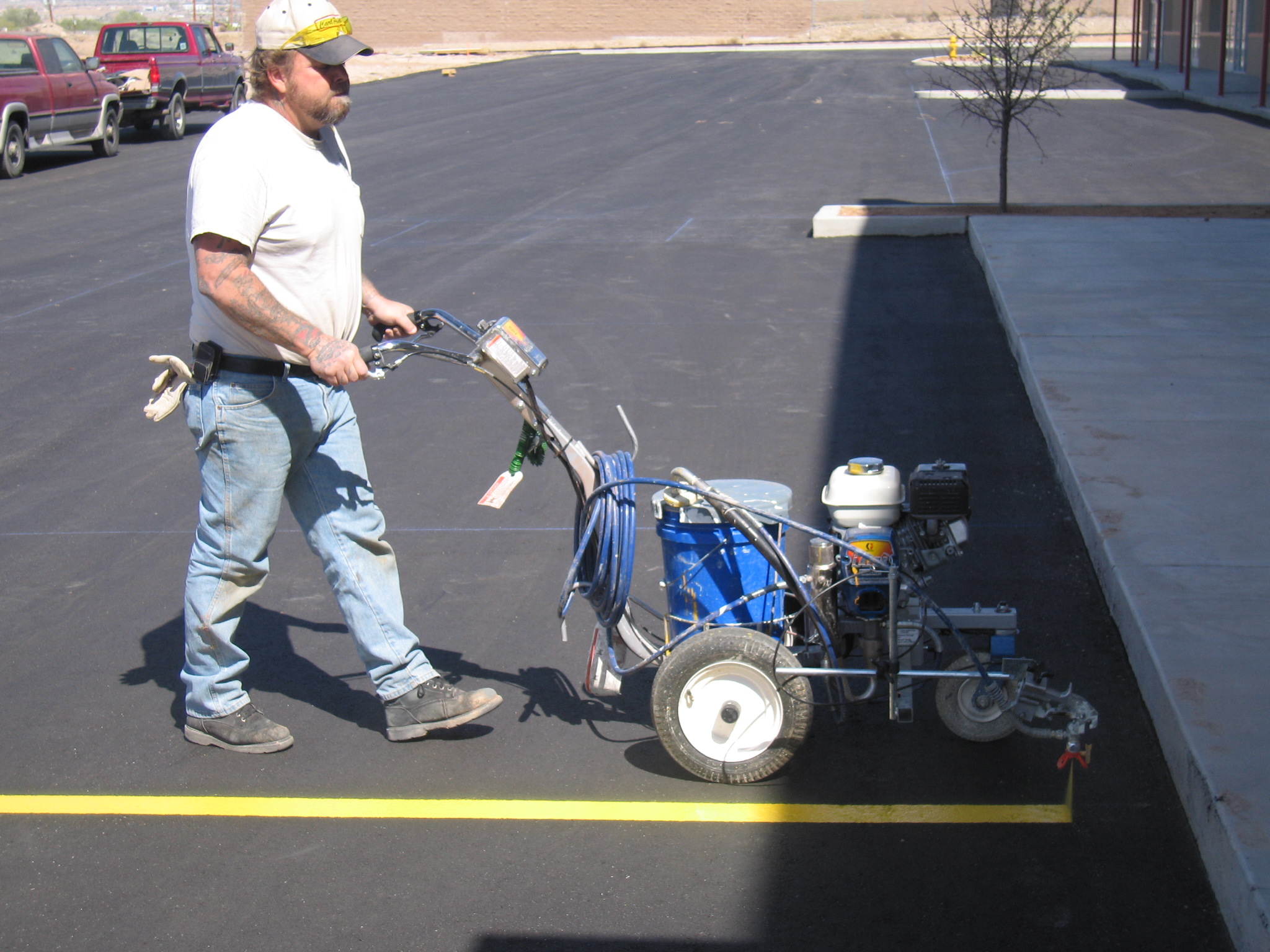Depending on the city in which you live, office parking is becoming either a critical problem or a complete non-issue. As an example, in San Francisco where parking is exorbitantly expensive, most employees either take advantage of the robust public transportation system, walk or bicycle to work. In such cities, bike storage and showers are far more important than a building’s parking ratio.
The same does not hold true in more sprawling cities like my hometown of Birmingham, Alabama. While our CBD is experiencing a resurgence and many millennials are moving downtown, the majority of the population drives a car to their place of work. And, because our city is experiencing steady but not aggressive growth, new building construction is not common. Thus, most of the buildings here were built in the era of large private offices when density of occupancy was lower and a parking ratio of three spaces per 1,000 rentable square feet of building was sufficient. This is not the case anymore.
So, how do you solve this problem either as an employer looking to build out a densely-occupied open floor plan or a building owner looking to attract this kind of tenant?
Restriping
I have seen several different approaches to solving this problem. On the less effective end, some building landlords “restripe” the parking lot to make parking spaces smaller. This is a poor solution and a property management nightmare because many cars no longer fit into the narrower spaces without hitting neighboring cars.
 Tandem Spaces
Tandem Spaces
Another option for landlords is to create “tandem” or stacked spaces. In this scenario, the first car pulls into a space and another car is parked directly behind them. The feasibility of this solution is entirely dependent on the layout of the parking area and usually requires a valet or attendant to move the rear cars to allow the front cars to exit as required.
Leasing from an Adjacent Property
Almost ten years ago, I represented a national telecommunications company in leasing a build-to-suit call center in Orlando, Florida. The land on which the building would be built was not big enough to accommodate a 120,000 square foot two-story building AND parking for 800 employees. We negotiated for the landlord to build a deck, which solved some of the problem but still left a shortfall. Thankfully, there was a church next door that was willing to sell the landlord a parking easement to their lot for use Monday through Saturday. It provided capital to the church and a long term parking solution for both the landlord and my tenant client.
Converting Warehouse Space
Recently, in Birmingham, a former bakery building was redeveloped into an attractive urban loft-like building – Baker’s Row. The original bakery building included a large unconditioned warehouse that would have been too expensive to convert to office space so the developer took the walls off that space and converted it to much-needed parking. The fact that the parking was covered made it even more attractive to prospective tenants.
 Shift Parking
Shift Parking
At one time, I represented a Los Angeles law firm client who employed a second shift in the evenings for word processing and other support. We were able to negotiate an agreement with the landlord whereby the client was given a stated number of parking spaces (let’s say fifty) in the deck and double that number of parking passes. In that instance, the parking deck’s computer system allowed any of the tenant’s parking passes to work for entry and exit so long as the total number of tenant cars did not exceed 50 at one time. This approach is not necessary in an unregulated lot where no parking pass is required for entry, however, it works well in a high-occupancy deck.
Carpool/Transportation Allowance
Another extremely creative and environmentally responsible approach is for an employer to give each employee a transportation allowance that can be applied to parking costs, public transportation or Uber. The thrifty employee could choose to bike to work each day and pocket the allowance as a bonus.

There are many creative solutions to a parking challenge. As a tenant broker, my goal is to find such a solution and then make sure that my client is guaranteed the parking they will need for the life of their lease before the lease is signed.
(If you are interested in more insights on making the most of older building stock, click here.)
